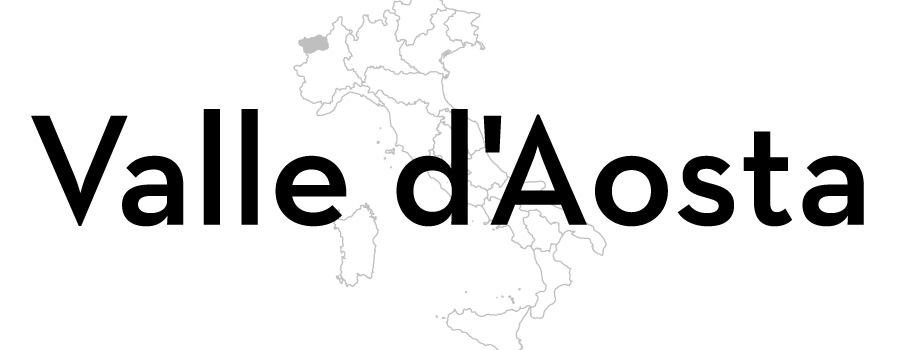
Fontina cheese: the pride of Valle d'Aosta
This Italian cow’s milk cheese is Valle d’Aosta’s most prized ingredient, finding its way into many a local dish and exported all over the world. Get to know how the humble alpine cheese rose to fame and take a look at the recipes that champion its flavour.
Fontina cheese: the pride of Valle d'Aosta
This Italian cow’s milk cheese is Valle d’Aosta’s most prized ingredient, finding its way into many a local dish and exported all over the world. Get to know how the humble alpine cheese rose to fame and take a look at the recipes that champion its flavour.
The Alps are home to some of Europe’s greatest cheeses. The cool climate, skill of the local cheesemakers and sheer quality of the milk they use all equate to some fantastic flavours. Complex yet crowd-pleasing, rich yet moreish, there are so many different varieties made high up in the mountains, often in such small quantities, that it’s impossible to keep track of them all. But there are a few that have gained worldwide acclaim – and Fontina, made in the tiny northwest Italian region of Valle d’Aosta, is one of them.
Pungent, earthy, rich, nutty, creamy and woody all at once, Fontina is a truly stunning cheese to taste. With a natural orange rind and a pale, firm, semi-soft interior studded with ‘eyes’ (little holes), it certainly ticks all the boxes visually. It was first made in the Aosta Valley back in the twelfth century, and in certain frescoes from the area you can see wheels of it take pride of place at banquets. The origins of the name are unclear, although many believe it is either named after the local village of Fontinaz or is derived from the old French word fontis, used to describe a cheese’s ability to melt, and it has stood the test of time to become one of Italy’s most famous cheeses.
But what makes Fontina taste so good? Much of it is down to the milk. Cattle reared high up in the mountains of Valle d’Aosta graze on lush alpine pastures during the summer months, which are full of flavourful herbs. This in turn makes their milk more flavourful and richer in fats, which results in some of the best milk any cheesemaker could ask for.
The cheesemaking process for Fontina is also strictly controlled, ever since it was awarded PDO-protected status by the EU in 1995. The milk must come from one of three local cattle breeds fed only on hay, cattle feed and natural herb pastures; it must be made using incredibly fresh milk that’s coagulated with animal rennet and a starter bacteria; and it must be washed in brine and aged for a minimum of three months. The cheeses are aged in natural caves found throughout the mountains of Valle d’Aosta, which provide the perfect climate and humidity for the large wheels of cheese to develop their flavour.
Because Fontina is such a famous and universally loved cheese, it’s now made in places outside Valle d’Aosta. Germany, Denmark and the US all produce their own versions, often much milder in flavour and identifiable by the red wax they’re coated in. But true Fontina always comes from the Aosta Valley and is strictly controlled; you can easily identify the real thing thanks to the PDO certification and the stamp of the Consorzio Produttori e Tutela della Fontina. This consortium was established in 1957 to protect the cheese as more and more people started to discover its incredible flavour around the world.
While Fontina is a fantastic addition to any cheeseboard, it also forms the basis of many Aostan dishes. Its texture means it’s perfect for melting (much like Raclette and other alpine cheeses), which is why it’s the star of any local fondue (known as fonduta). The stringy, elastic texture when heated is a joy to eat, which is why the locals always add it into polenta. It also goes particularly well with the light, delicate red wines produced in the region.
The actual flavour of Fontina is so complex that it can be hard to describe, but it is certainly sweeter than a lot of other alpine cheeses. The earthy, mushroomy notes become more and more pronounced the older the cheese becomes, meaning not every Fontina cheese tastes the same. The best examples can be found in the late autumn and winter, as they’re the ones made with milk from cattle who have grazed on the wild herbs that grow in the summer. It’s certainly a cheese worth seeking out, and we guarantee that just one taste will convince you to pack your bags and hop on the next flight to the Italian Alps.



